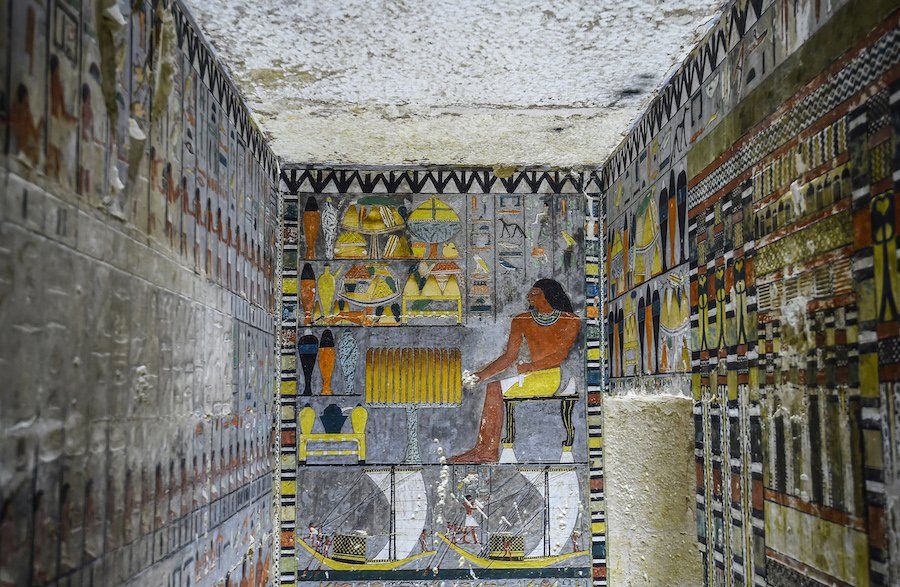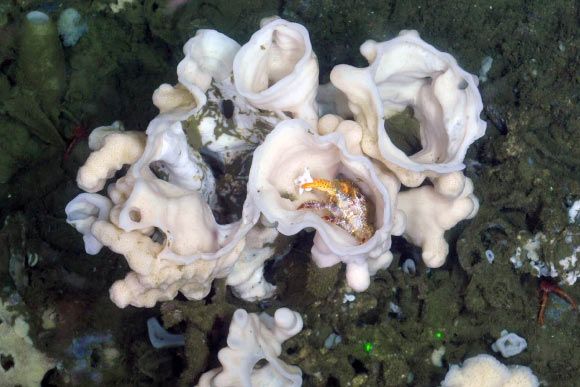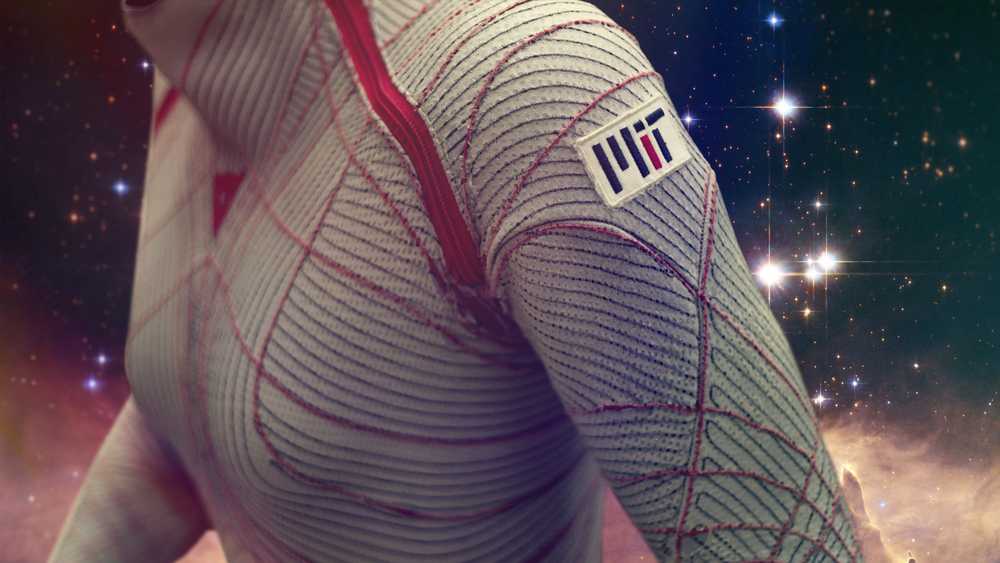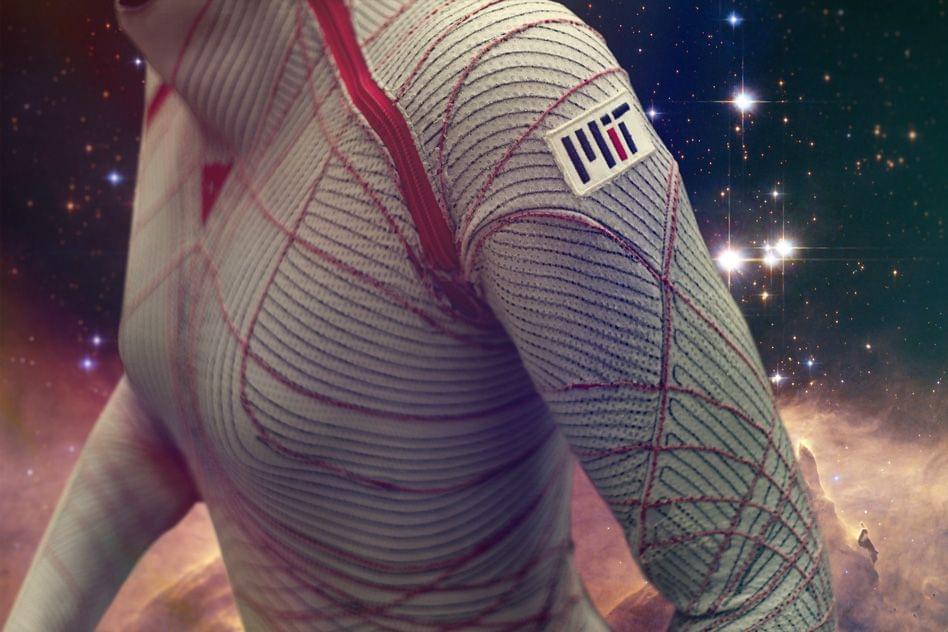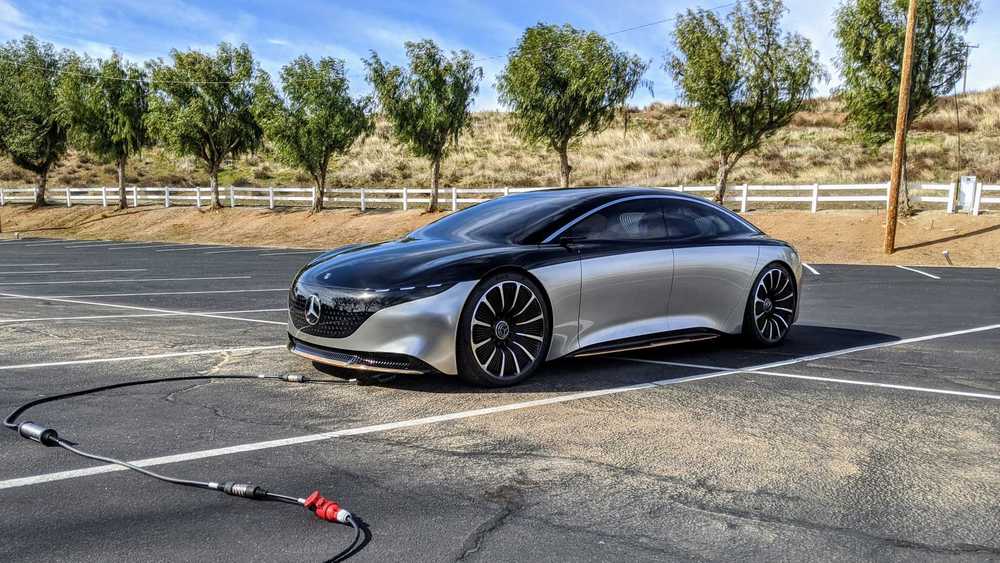DUBAI: If you’ve ever wondered what messages the Ancient Egyptians were trying to convey with their hieroglyphics, Google’s new tool might just be able to help. In celebration of the anniversary of the discovery of the Rosetta Stone, Google Arts and Culture has released a new AI-powered tool, Fabricius, that allows you to decode and translate the ancient symbols and characters into both Arabic and English. The aim is to raise awareness and preserve the history and traditions of Ancient Egyptian civilization.
